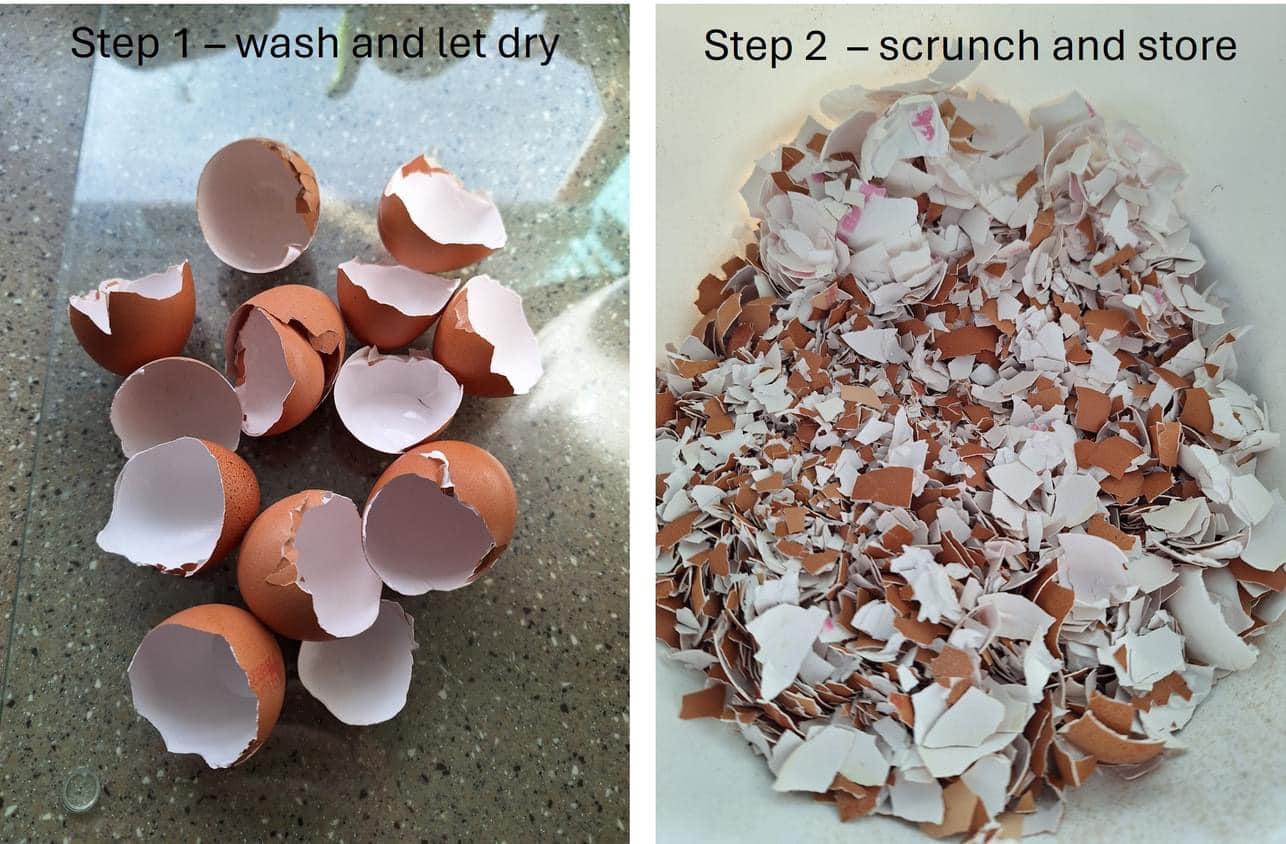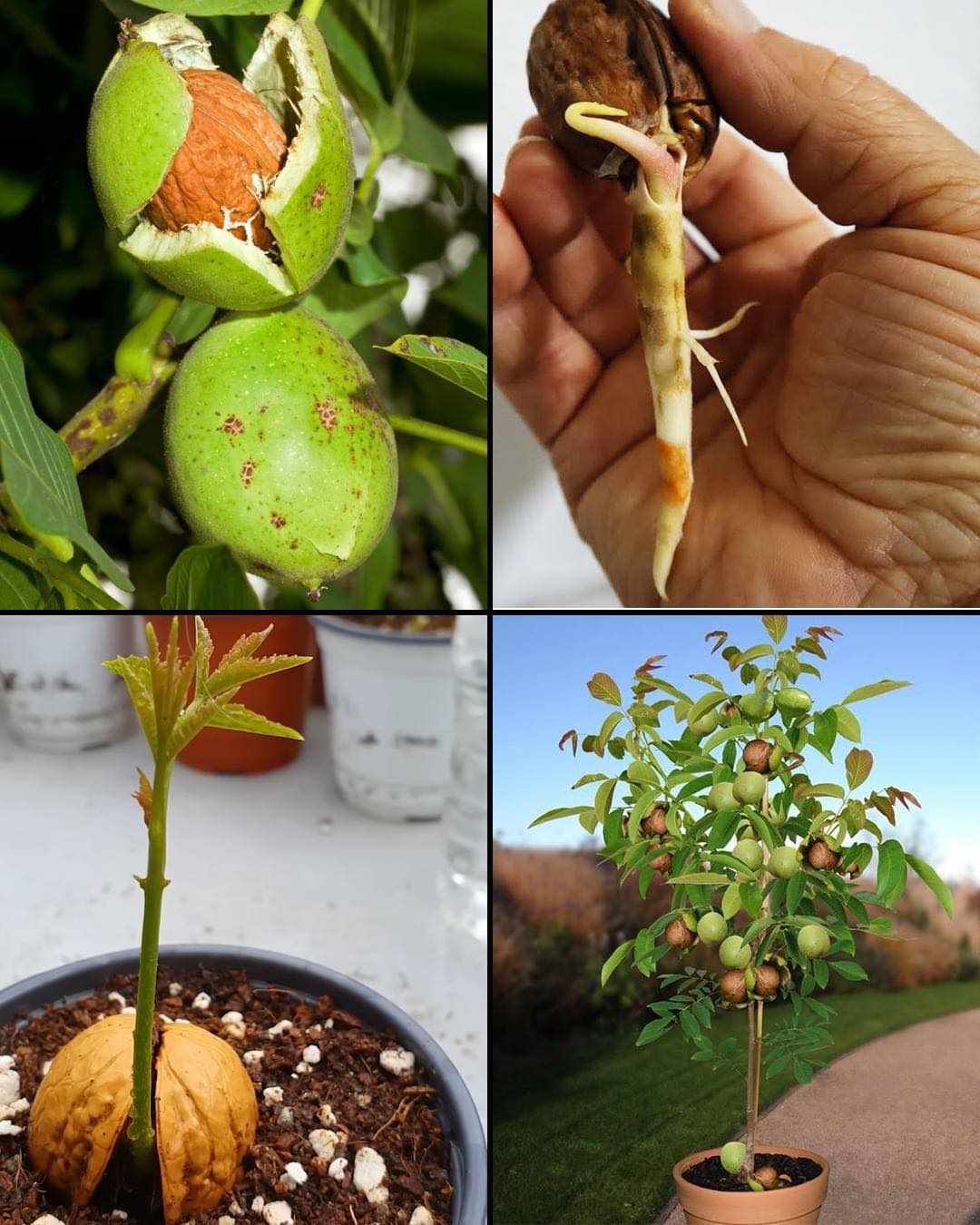
Asparagus is a delicious and nutritious vegetable that can be easily grown in your garden. With its tender spears and distinct flavor, cultivating asparagus can be a rewarding and enjoyable experience. In this comprehensive guide, we will walk you through the process of growing asparagus, from selecting the right variety to caring for your plants and harvesting the delicious spears.
1. Choosing the Right Variety
Selecting the appropriate asparagus variety is crucial for a successful harvest. There are three main types: green, purple, and white. Green asparagus is the most common and widely available, while purple asparagus has a sweeter flavor and vibrant color. White asparagus is grown underground to prevent exposure to sunlight, resulting in a milder taste. Consider your preferences and growing conditions when choosing the variety that suits you best.
2. Site Selection and Preparation
Asparagus thrives in well-drained soil and full sun, so choose a location in your garden that receives at least six to eight hours of direct sunlight each day. Prepare the soil by removing any weeds or grass and adding organic matter, such as compost or well-rotted manure, to improve fertility and drainage. Asparagus plants are perennial, so selecting a dedicated bed for them is ideal.
3. Planting Asparagus Crowns
Asparagus is typically grown from crowns, which are one-year-old dormant plants. Plant the crowns in early spring, as soon as the soil is workable. Dig trenches that are 6-8 inches deep and about 12-18 inches wide. Space the crowns about 12-18 inches apart in the trench, ensuring the roots are spread out. Cover the crowns with about 2 inches of soil and gradually fill in the trench as the plants grow, leaving a slight depression to collect water.
4. Care and Maintenance
Asparagus requires regular care to ensure healthy growth and a bountiful harvest. Here are some key aspects to consider:
- Watering:
Keep the soil consistently moist, especially during dry spells. Avoid overwatering, as asparagus does not tolerate waterlogged conditions. - Mulching:
Apply a layer of organic mulch, such as straw or wood chips, around the plants to suppress weeds, retain moisture, and regulate soil temperature. - Fertilizing:
Asparagus is a heavy feeder and benefits from regular fertilization. Apply a balanced organic fertilizer in early spring and again after harvest to replenish nutrients. - Weed Control:
Keep the asparagus bed weed-free, as weeds can compete with the plants for nutrients and water. Hand-pull weeds or use a shallow cultivation technique to avoid damaging the shallow asparagus roots. - Pest and Disease Management:
Asparagus is relatively pest and disease-resistant. However, keep an eye out for common pests like asparagus beetles and diseases such as rust. Promptly remove any affected foliage or pests to prevent further damage.
5. Harvesting Asparagus
Patience is required when growing asparagus, as it takes a few years for the plants to establish before you can start harvesting. As a general rule, wait until the third year after planting before harvesting. When the spears reach 6-8 inches in height and are about the thickness of a pencil, they are ready to be harvested. Cut the spears at ground level using a sharp knife or garden shears, being careful not to damage any emerging spears.
Growing asparagus in your garden can be a rewarding and delicious endeavor. By following the steps outlined in this comprehensive guide, you can successfully cultivate asparagus plants, enjoy the tender spears, and relish the satisfaction of growing your food. Remember to be patient and provide consistent care to ensure a bountiful harvest for years to come. So, grab your gardening tools, select your favorite asparagus variety, and embark on the journey of growing this delectable vegetable in your garden.




